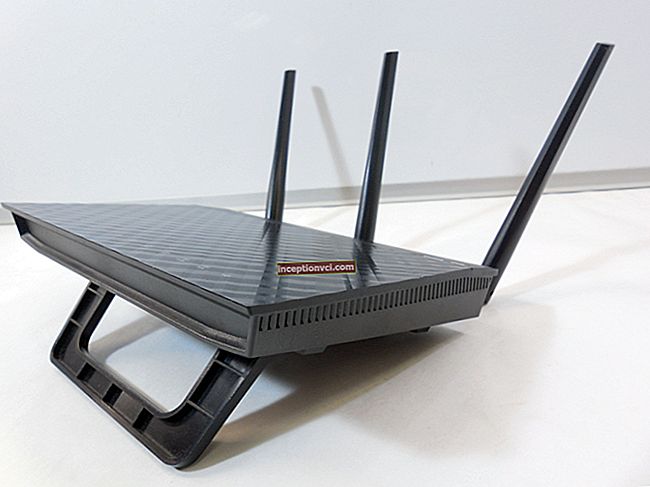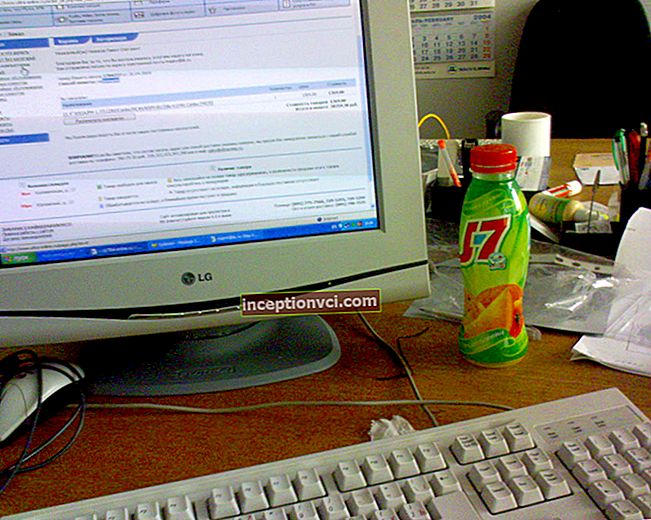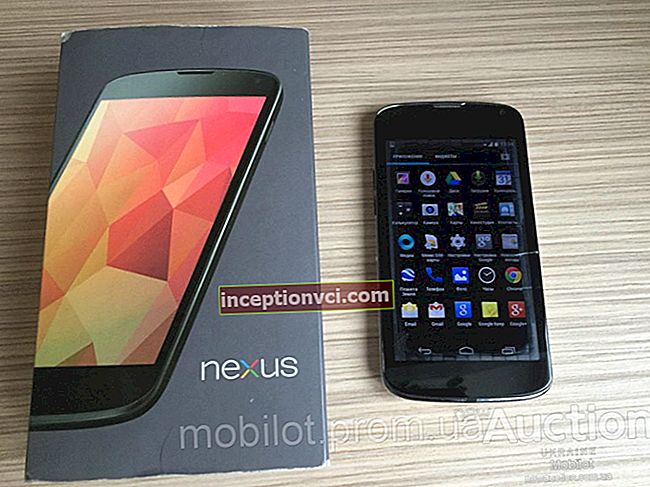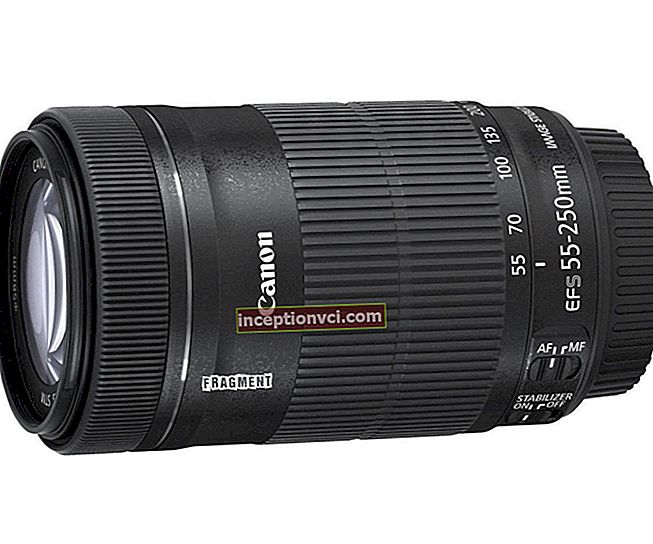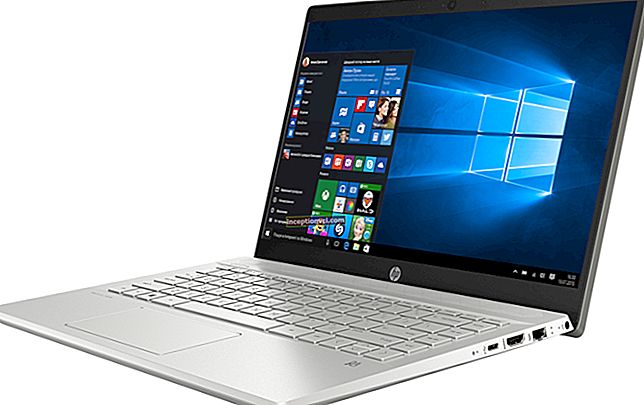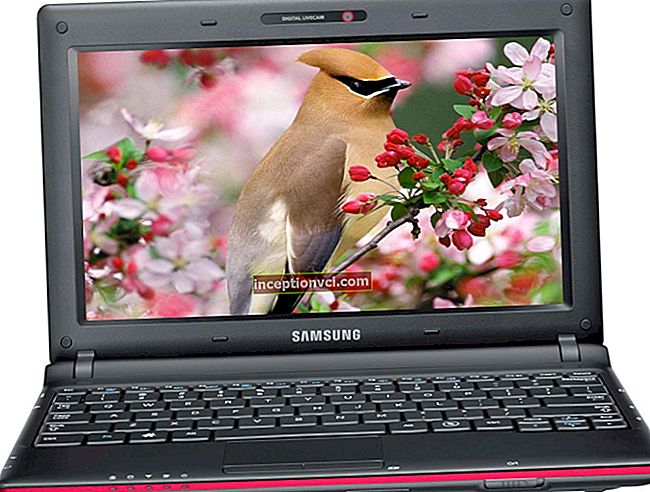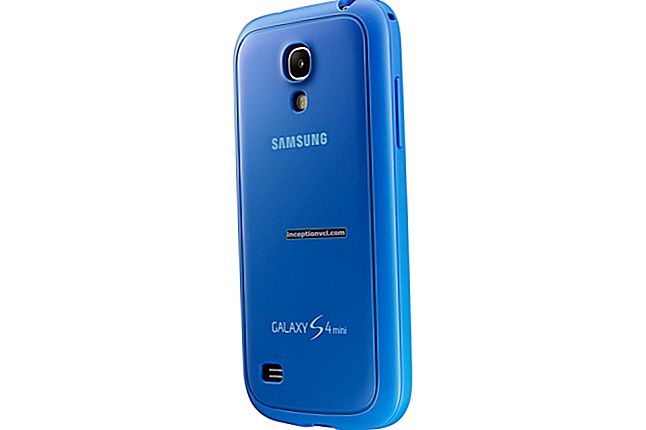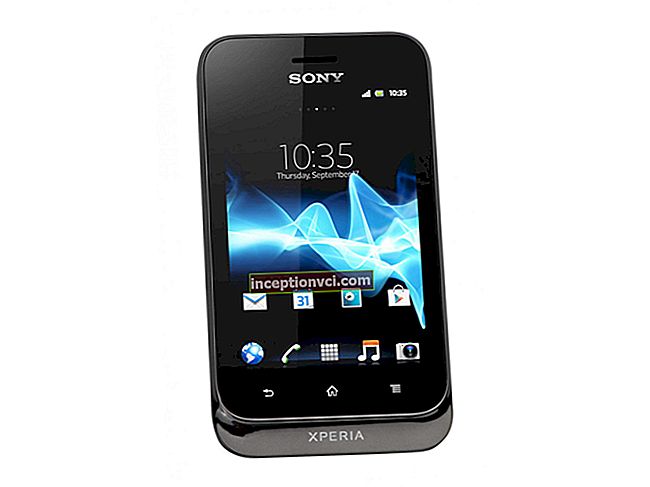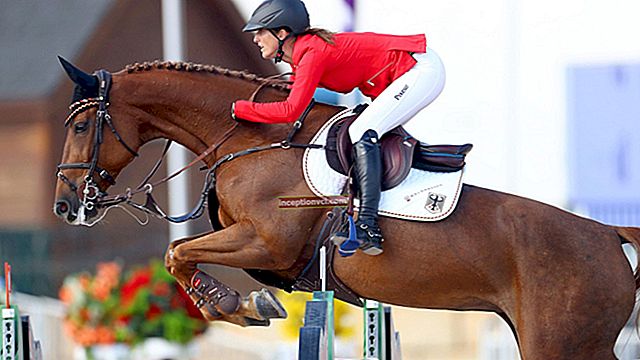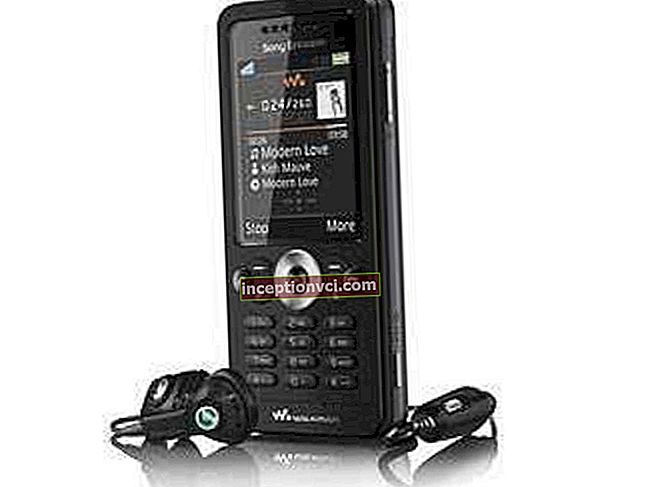The quality of the TV cable is better than:
- conducts the signal more fully without loss;
- more resistant to aggressive environmental factors.
What affects the degree of signal attenuation:
- material and diameter of the central core;
- shielding foil material;
- braid material and density;
- outer shell material.
 Source: www.radiolab.ru
Source: www.radiolab.ruTV cable: which is better for home and outdoor use
Now specifically on how to choose a TV cable for your conditions. For outdoor installation, it is worth using a wire with a polyethylene sheath (marked with the letters PE) with light stabilizing additives (PE UV). He is usually black. Its shell withstands cold, moisture and sunlight well.
For premises, a sheath is made of polyvinyl chloride (PVC). It is often white or gray in color and is suitable for under skirting boards. As for the gasket in the strobe, according to the reviews of some masters, gypsum or plaster can damage this sheath and "kill" the entire wire. Therefore, we recommend using a cord in a polyethylene sheath for this task, but without light-stabilizing additives.
Which TV cable to choose: don't lose signal!
Central vein
The thicker the core, the less the signal attenuation. The best option is copper (CU), 1.02 mm in diameter. We recommend using it at distances over several tens of meters. At short distances, the diameter of the copper may be smaller; it is also successfully replaced by copper-plated aluminum (CCA). For very short lengths, pure aluminum (AL) or copper-plated steel (CCS) can be used.
Dielectric around the central core
The best option is polyethylene foam (FPE).
Shielding foil
The most suitable is copper, but aluminum is more common, which is also normal. As long as it fits snugly against the dielectric.
Braid
It is preferable - copper, with a density of 96% (visually solid). Other suitable density options are 75% and 64%. Aluminum has lower electrical properties, so its density should be higher. Copper braid is also good because it allows you to connect wires by soldering.
The greatest signal loss occurs at high frequencies. The satellite signal has a much higher frequency than the TV signal, so always use the highest quality wire for satellite dishes.
How to choose an antenna cable for your TV by type and brand

The most common types of cables:
- RG-6
The most massive and cheapest. Standard for use with all F-type connectors. The outer diameter is 6.8 mm. The braiding is always aluminum, the central core is most often of copper-plated steel. There are a lot of low-quality products from unnamed manufacturers.
- SAT50 (there is a red stripe on the outer shell)
It is assumed that this is a better type of cable, but some manufacturers disguise the usual RG-6 under it.
The central core of SAT50 must be made of copper-plated aluminum or copper, the density of the braid is at least 64%.
- SAT703 (green stripe on the outer shell)
It has excellent characteristics due to the greater thickness of the central core, high density and braid material.
The products of such brands have proven themselves well: Rexant, PROConnect, Cabletech, Belden, Cavel, Commscope, Mediaflex.
Read: "Which is Better, DVI or HDMI"
See the review of which coaxial cable is better for TV
